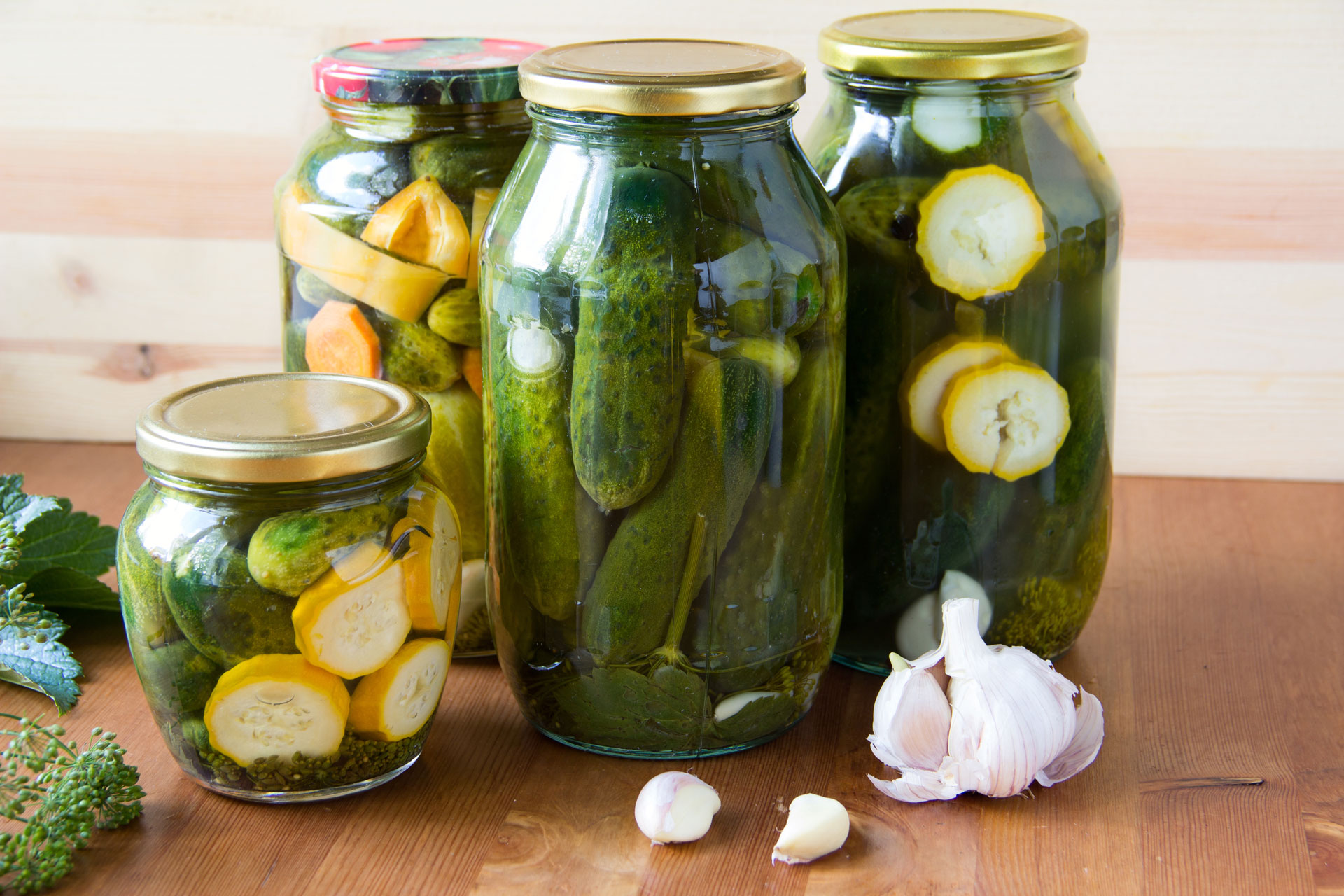Real Food Encyclopedia | Cucumber
A native of India, the cucumber (Cucumis sativus) is among the oldest domesticated plants, referenced in literature and art from antiquity. According to legend, Christopher Columbus brought cucumber seeds from the Canary Islands, Spain, to Hispaniola, in the Caribbean, during one of his major oceanic voyages in the late 1400s, thus marking the beginning of the plant’s travels throughout the Americas. Today, cucumbers of all shapes and sizes are popular around the world, and eaten raw, pickled, fermented and sometimes even cooked. They are chock full of water, but also flavor. And while they might be associated with “cool” crispness, they are definitely products of warm temperatures.
Did you know?
- The cucumber tree, an ornamental deciduous North American native, is a member of the magnolia family, not cucumis, and is named for its fruit, which resemble cucumbers when unripe.
- From the 16th to 19th century, the cucumber aroused great suspicion among Britons who dubbed it “cow-cumber” for its thick, bitter skin and reputation for causing indigestion; it was considered a food fit only for cows.
- The expression “cool as a cucumber” is older than we may think; it was coined by 18th century British poet John Gay in his comic ballad “A New Song for New Similes.”
What to look for when buying cucumbers
There are several different types of cucumbers in the marketplace with varying availability, depending on where you shop.
The supermarket produce aisle is home to the American slicing variety. Available year-round, it tends to be heavily waxed and lacking in flavor. More recently, the American slicer shares space with the burpless/seedless cultivar, also sold as the hothouse or English cucumber. Long and sometimes curvy, sometimes with a nipply end, this thinner-skinned, self-pollinating cuke is often wrapped in plastic to maintain freshness.
The choices get more interesting at local coops, ethnic and farmers’ markets, and roadside farm stands. Here’s where you’ll find Asian and Middle Eastern slicers, the short, stubby and slightly warty pickling cucumbers, as well as a slew of heirloom varieties, including the lemon cucumber. You might also come across the Armenian cucumber, a close relative to the muskmelon (C. melo var. flexuosus) and the gherkin, a pickling cucumber native to Africa (C. anguria).
Since a cucumber is mostly water (about 96 percent water by weight), its cell walls quickly break down and turn the fruit into mush. Regardless of cultivar, a cucumber fit for eating should be firm with no signs of mushiness and no discoloration. For unwaxed cucumbers, head straight for the farmers’ market where you might even be lucky enough to find Mexican Sour Gherkins: cucumbers that resemble teeny tiny watermelons.
Sustainability of cucumbers
Pesticides
The conventional American slicing cucumber ranks in the middle of the Environmental Working Group’s Shopper’s Guide to Pesticides in Produce, a list the group created to spotlight the produce with the highest pesticide load. Because they are highly perishable, commercially grown cucumbers are coated with a food-grade wax or resin to prolong shelf life and retain moisture. The coating can be vegetable, shellac or petroleum based. When shopping, look for labels indicating the type of wax applied; regardless of the type of coating, the question of safety remains.
Seasonality
When the air is good and warm, the cucumber thrives; it is a summer item through and through. In fact, the they dislike even the slightest dip in temperature below 70 degrees F.
Geography
Georgia is the top cucumber-producing state, followed by Florida, North Carolina and California. In 2012, the U.S. imported more than 1 billion pounds of cucumbers from Mexico.
Eating cucumbers
Storing
The cucumber is temperature sensitive — too hot and it turns to mush; too cold, and it will shrivel up. Keep refrigerated and use within a few days. If your crisper drawer runs cold, wrap the fruit in a dish towel.
Cooking
Cucumbers can be prepared in a variety of ways. Try turning them into a drink by adding a few seeded cucumbers into the blender, along with your favorite herbs, as a gateway to beverage bliss. This agua fresca, flavored with ginger, lime and sweetened with a simple syrup, would be perfect for a hot summer day.
They are also a great addition to gazpacho, which keeps well in the refrigerator for days and is one of the best things to take the edge off a sweltering day.
Mild thing that she is, the cucumber is an amiable playmate of vinaigrettes and all kinds of sauces. A favorite hot-weather last-minute supper is sliced cucumbers tossed with sesame oil, soy sauce, lime, chili flakes and chopped fresh cilantro. Serve with brown rice and a fried egg for a quick rice bowl.
Preserving
The go-to preservation method for cucumbers is pickling. You’ve got a few options: water bath canning, refrigerator-style and lacto-fermentation.
Nutrition and health
Cucumbers are good sources of Vitamin A and Vitamin K. They also contain a lot of water, making them one of the most hydrating fruits.
Top photo by Alex/Adobe Stock.


